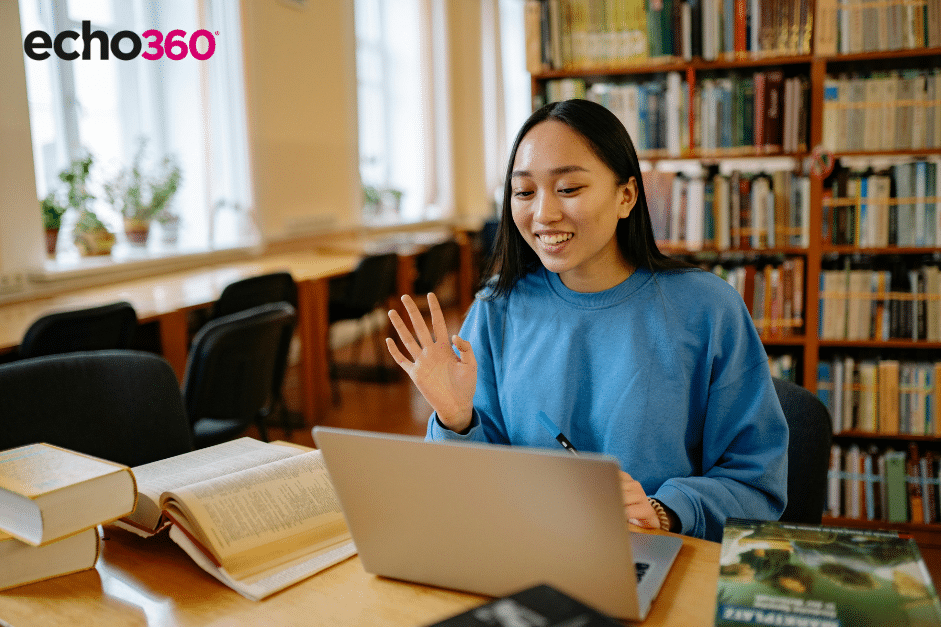Video-Based Learning: Transforming Education with Echo360 and The University of Queensland
by Jocasta Williams
In an era where digital media dominates our daily interactions, video has emerged as one of the most powerful tools for learning. Platforms like YouTube have demonstrated the immense potential of video content in disseminating knowledge to a global audience, but what makes video-based learning truly effective? And how can educators harness its full potential?

Professor Jason Lodge from The University of Queensland, a world-leading researcher in educational psychology, has valuable insights about the power of video in learning. His reflections align closely with the approach that Echo360, the global leader in educational technology, has taken to support universities like the University in transforming learning experiences.
The Science of Video-Based Learning
Research has shown that the key to impactful video learning lies in its design rather than its duration. Professor Lodge says, “What we’re really trying to grapple with is finding the sweet spot where a video can be both engaging and something that really gets people to learn,” he explains.
For example, incorporating dialogue rather than monologues enhances engagement. “When you have two people with different levels of expertise, it creates a dynamic where those differences become obvious. The novice can ask questions of the expert, and the learner gets a different sense of the material,” Lodge elaborates. “There’s a reason why broadcasting has done this forever.”
Echo360 has embraced these principles by providing institutions with tools to create structured, engaging, and pedagogically-sound video content. Through EchoVideo, educators can design learning experiences that are more than just passive consumption of information – they become immersive, interactive, and tailored to student needs.
Hear directly from Professor Lodge about what elements educators should consider when creating videos for learning.
Making Video Learning Interactive
One of the traditional critiques of video learning is its passivity. However, emerging technologies, including EchoVideo’s suite of tools, are changing that perception by embedding interactivity directly within video content.
EchoVideo’s interactive media capabilities enable educators to incorporate features such as in-video polling and support students via note-taking functionalities. Research supports that these tools enhance engagement and long-term knowledge retention. “The kinds of notes that students might take alongside a video, for example, and polling – those sorts of things all contribute to a more active kind of learning experience, which we know is more likely to be effective in the long term,” Lodge explains.
Transforming Learning at the University of Queensland and Beyond
As one of Echo360’s leading institutional partners, The University of Queensland has been at the forefront of leveraging video-based learning to improve student outcomes. EchoVideo has enabled the University to scale interactive, high-quality video learning experiences across disciplines, ensuring that students remain engaged and receive personalised, effective instruction.
With the rapid advancement of digital learning, Echo360 continues to lead the way in shaping the future of education. By integrating research-backed best practices into EchoVideo, it empowers educators to make video learning more effective, interactive, and engaging for students worldwide.
As Professor Lodge aptly puts it, “There are lots of clues about how to make video work best for learning. It’s about understanding those elements and using them to create learning experiences that truly resonate with students.”
Through innovative solutions like EchoVideo and interactive polling tools, Echo360 is not just responding to the evolution of digital learning – it’s driving it. With institutions like The University of Queensland leading the charge, the future of video-based learning has never looked brighter.
Leading organizations and institutions are transforming learning with Echo360.





















